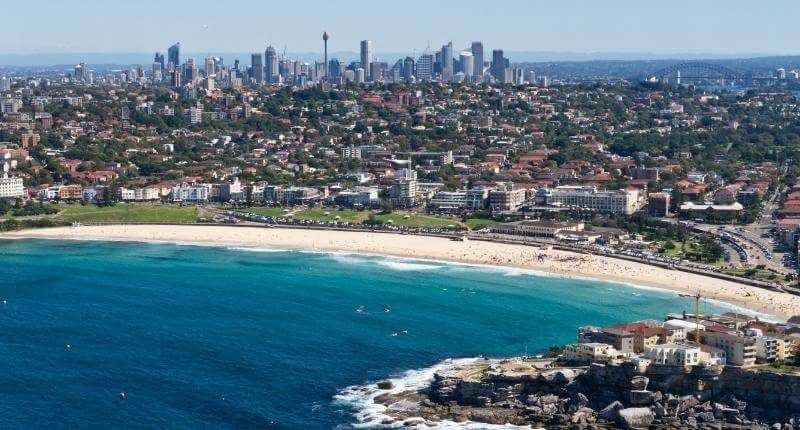- Sydney's vacancy rate decreased to 3.1% despite discrepancies between the Inner, Middle and Outer rings
- REINSW CEO suggests downward movement could be caused by families moving at beginning of year
- Regional NSW markets vary significantly
Data released this week by the Real Estate Institute of New South Wales (REINSW) highlights the unpredictability of the New South Wales rental market.
The REINSW Vacancy rate survey for February 2021 shows vacancies in Sydney tightened by -0.5% last month taking the vacancy rate to 3.1%.
Sydney’s Inner Ring decreased by 1.1% making the rate 3.7%, while the Outer Ring decreased by 0.6% to 1.9%.
However, the Middle Ring hardly moved; only a 0.1% rise to 4.3%.
Tim Mckibbin, REINSW CEO, said though movements like this often occur seasonally, it is still highly unpredictable given the strange times we are in.
“Some of this downward movement may be due to families making decisions to move ahead of the start of the new school year and university students converging on the city for another year of study.
“However, if the last 12 months have taught us anything, it’s that the residential rental market remains unpredictable, moving up and down month after month.”
Tim McKibbin, REINSW CEO
Although vacancies increased by 1% to 2.1% in the Illawarra region and remained relatively stable in the Hunter Valley where they increased by 0.1% to 1.3%, rates across the rest of New South Wales generally remained extremely tight.
Albury, Central West, Murrumbidgee, New England, Northern Rivers and South East all saw their vacancy rates drop in February.
Central Coast, Coffs Harbour and Riverina all remained stable with the South Coast, Orana and Mid North Coast all debunking the trend by recording a slight increase in availability. Similar to Mr McKibbin remarks, this increase could be caused by the end of Summer and those moving to Sydney for employment and studies.
Coffs Harbour and South Coast, in particular, have a 0.5% vacancy rate – the tightest in the entire state and only slightly above the 0.3% levels the South Coast recorded in January 2021.
This follows a nationwide trend whereby many Australians are trading an urban life for a regional lifestyle.
“Feedback from our members in these areas indicates that stock is extremely tight, as tenants continue to exit the Sydney residential rental market to secure a property that suits both their budget and desired lifestyle.”
Tim McKibbin, CEO REINSW








